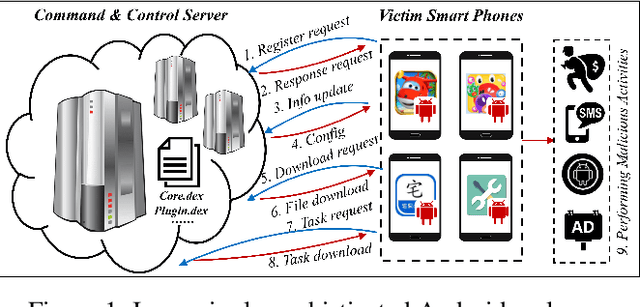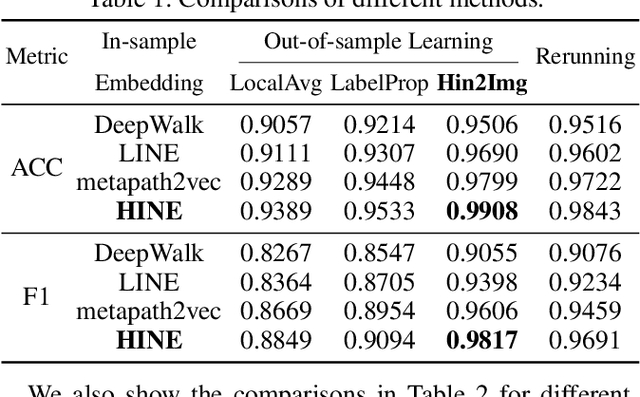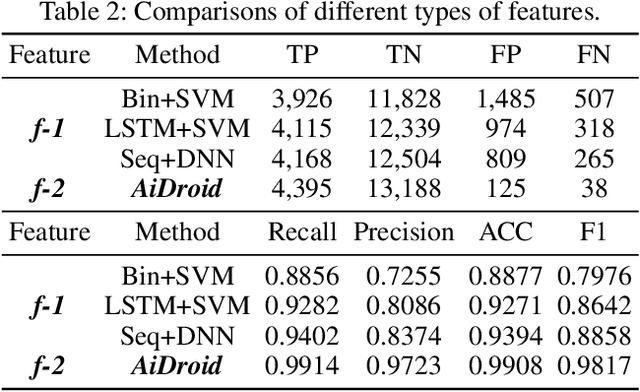Jiabin Wang
An AI-native experimental laboratory for autonomous biomolecular engineering
Jul 03, 2025Abstract:Autonomous scientific research, capable of independently conducting complex experiments and serving non-specialists, represents a long-held aspiration. Achieving it requires a fundamental paradigm shift driven by artificial intelligence (AI). While autonomous experimental systems are emerging, they remain confined to areas featuring singular objectives and well-defined, simple experimental workflows, such as chemical synthesis and catalysis. We present an AI-native autonomous laboratory, targeting highly complex scientific experiments for applications like autonomous biomolecular engineering. This system autonomously manages instrumentation, formulates experiment-specific procedures and optimization heuristics, and concurrently serves multiple user requests. Founded on a co-design philosophy of models, experiments, and instruments, the platform supports the co-evolution of AI models and the automation system. This establishes an end-to-end, multi-user autonomous laboratory that handles complex, multi-objective experiments across diverse instrumentation. Our autonomous laboratory supports fundamental nucleic acid functions-including synthesis, transcription, amplification, and sequencing. It also enables applications in fields such as disease diagnostics, drug development, and information storage. Without human intervention, it autonomously optimizes experimental performance to match state-of-the-art results achieved by human scientists. In multi-user scenarios, the platform significantly improves instrument utilization and experimental efficiency. This platform paves the way for advanced biomaterials research to overcome dependencies on experts and resource barriers, establishing a blueprint for science-as-a-service at scale.
AiDroid: When Heterogeneous Information Network Marries Deep Neural Network for Real-time Android Malware Detection
Nov 02, 2018



Abstract:The explosive growth and increasing sophistication of Android malware call for new defensive techniques that are capable of protecting mobile users against novel threats. In this paper, we first extract the runtime Application Programming Interface (API) call sequences from Android apps, and then analyze higher-level semantic relations within the ecosystem to comprehensively characterize the apps. To model different types of entities (i.e., app, API, IMEI, signature, affiliation) and the rich semantic relations among them, we then construct a structural heterogeneous information network (HIN) and present meta-path based approach to depict the relatedness over apps. To efficiently classify nodes (e.g., apps) in the constructed HIN, we propose the HinLearning method to first obtain in-sample node embeddings and then learn representations of out-of-sample nodes without rerunning/adjusting HIN embeddings at the first attempt. Afterwards, we design a deep neural network (DNN) classifier taking the learned HIN representations as inputs for Android malware detection. A comprehensive experimental study on the large-scale real sample collections from Tencent Security Lab is performed to compare various baselines. Promising experimental results demonstrate that our developed system AiDroid which integrates our proposed method outperforms others in real-time Android malware detection. AiDroid has already been incorporated into Tencent Mobile Security product that serves millions of users worldwide.
 Add to Chrome
Add to Chrome Add to Firefox
Add to Firefox Add to Edge
Add to Edge